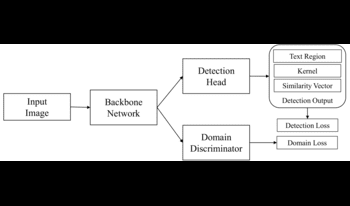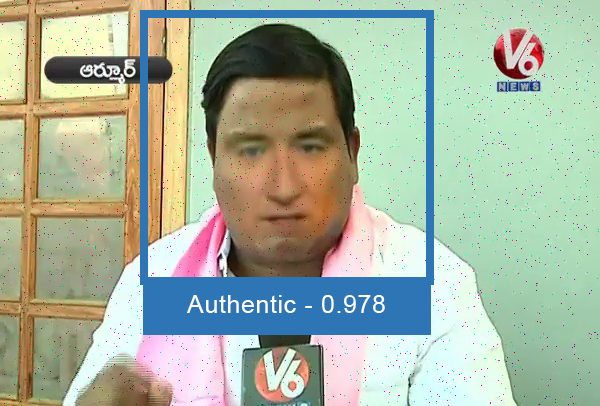
In this paper, we present a deep-learning approach that unifies handwriting and scene-text detection in images. Specifically, we adopt adversarial domain generalization to improve text detection across different domains and extend the conventional dice loss to provide extra training guidance. Furthermore, we build a new benchmark dataset that comprehensively captures various handwritten and scene text scenarios in images. Our extensive experimental results demonstrate the effectiveness of our approach in generalizing detection across both handwriting and scene text.

With the advancements made in the field of artificial intelligence (AI) in recent years, it has become more accessible to create facial forgeries in images and videos. In particular, face swapping deepfakes allow for convincing manipulations where a persons facial texture can be replaced with an arbitrary facial texture with the help of AI. Since such face swapping manipulations are nowadays commonly used for creating and spreading fake news and impersonation with the aim of defamation and fraud, it is of great importance to distinguish between authentic and manipulated content. In the past, several methods have been proposed to detect deepfakes. At the same time, new synthesis methods have also been introduced. In this work, we analyze whether the current state-of-the-art detection methods can detect modern deepfake methods that were not part of the training set. The experiments showed, that while many of the current detection methods are robust to common post-processing operations, they most often do not generalize well to unseen data.